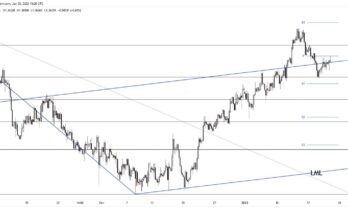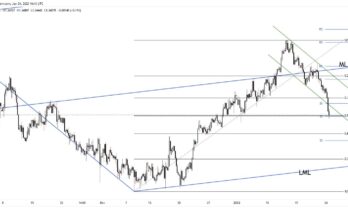The spanner in the workings of FX markets last week was the interest rate cut from China on Friday. The initial reaction saw the Aussie gain, together with stocks, as investors once again took the view that central banks were coming to the rescue. But rate cuts in China are not the same as rate cuts elsewhere. The banking system works very differently and the impact of this move is likely to be limited in terms of its impact China and also the prospects for the global economy. Still, for now at least, markets continue to bask in the glow of this latest move, with stocks in Asia remaining in positive territory. The Aussie meanwhile has unwound some of the gains seen on Friday, but continues to hold above the 0.8650 level for now.
We enter what is now the last trading week of November. The initial focus will be on the single currency and the release of the German Ifo data at 09:00 GMT. The headline index has been falling for the past 5 months, which has taken it below the average of the past 5 years (103.2 vs. 5 year average of 107.8). EURUSD has fallen below the bottom of the 1.24-.1.26 that has dominated for most of the month, with weaker numbers from Germany likely to enhance this softer stance to the week, if seen. The rest of the week sees more details on GDP from both the UK and US, together with labour market data from Germany and further housing data in the US mid-week. After being tied into a tight range for most of the month, the dollar is starting the week above the 88.00 level on the dollar index, something which has remained elusive for most of the month to date. Finally, it’s worth keeping an eye on EURCHF ahead of Swiss referendum on gold holdings this weekend. We’ve seen a modest upmove as polls have suggested the motion won’t be passed, which has reduced the fear that the SNB would be forced to sell euros so as to increase their gold holdings 20% as stipulated in the referendum.
Further reading:
Stay Short EUR/USD & Sell Bounces – Barclays’ Trade Of The Week
Deal with China predicted to boost the Australian economy



